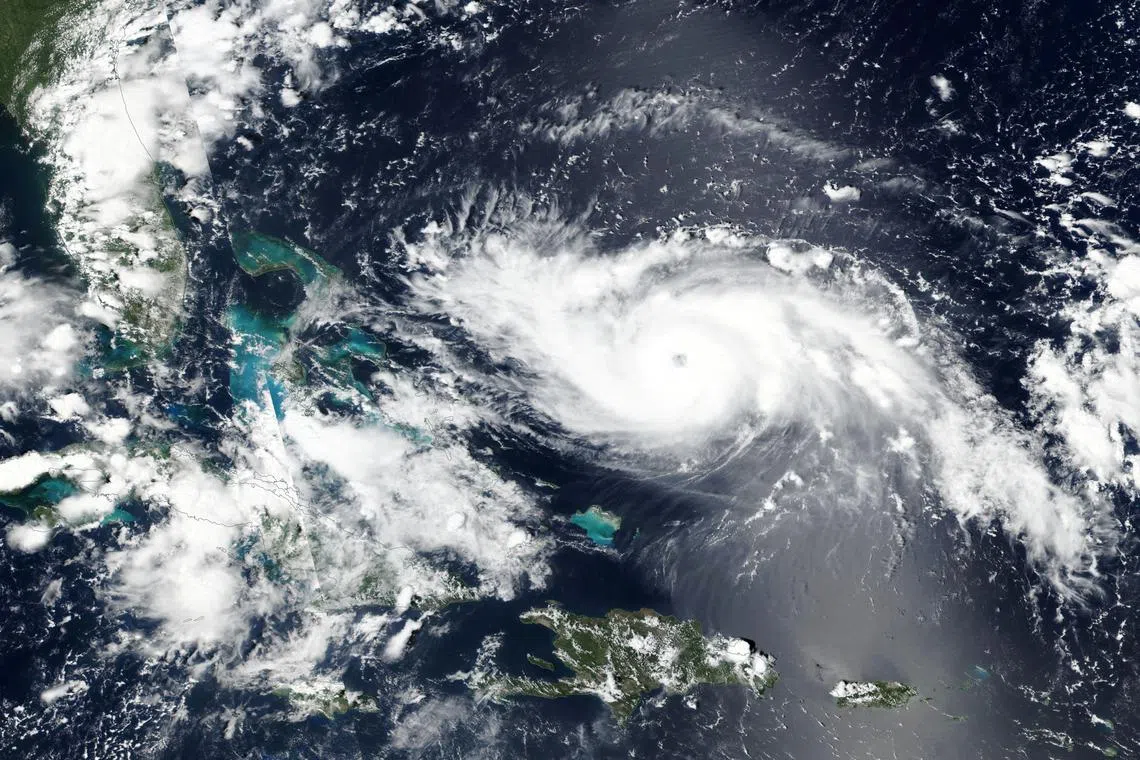Nasa launches 2 small satellites to track hurricanes
Sign up now: Get ST's newsletters delivered to your inbox

A satellite image of Hurricane Dorian from August 2019. Nasa launched two new satellites that are able to fly over hurricanes or typhoons every hour.
PHOTO: REUTERS
Follow topic:
WASHINGTON – National Aeronautics and Space Administration (Nasa) launched two small satellites designed to track tropical cyclones hour by hour from a base in New Zealand on Monday, in a project that could improve weather predictions on devastating storms.
The new storm trackers were sent into orbit on a rocket built by United States company Rocket Lab.
The trackers can fly over hurricanes (or typhoons in the Pacific) every hour, compared to every six hours with current satellites.
Researchers will be able to see storms evolve on an hourly basis, said Nasa scientist Will McCarty at a press conference for the first launch of the TROPICS mission.
“We still need the large satellites,” he added. “What we get from this is the ability to add more information to the flagship satellites that we already have.”
A second Rocket Lab-built vessel is due to launch in about two weeks carrying two more satellites to complete a small constellation of four storm-tracking satellites.
The information gathered on rainfall, temperature and humidity could help scientists determine where a hurricane will make landfall and how intense it will be, helping people living in coastal areas be better prepared for possible evacuations.
“Many operational organisations like the National Hurricane Center and the Joint Typhoon Warning Center and many others are ready to receive tropical imagery to help inform their forecasters,” said Mr Ben Kim, a programme executive at Nasa.
In the long term, a better understanding of the formation and evolution of these storms could help improve climate models.
The constellation was originally intended to have six satellites, not four.
But the first two were lost when a US Astra rocket malfunctioned shortly after lift-off in 2022.
Hurricanes, or typhoons, are becoming more powerful as the ocean surface warms,
Hurricane Ian, which devastated Florida in 2022, killed dozens of people and caused more than US$100 billion (S$130 billion) in damage,

